Writing an academic paper can seem daunting, especially for beginners, but breaking it down into its essential components makes the process more manageable. Whether you’re preparing for a research project, a dissertation, or even just a class assignment, understanding the structure and purpose of each section is crucial. Here’s a detailed guide to the major components and important tips to help you craft your paper effectively.
Structure of a Scientific Research Article
A scientific research article typically follows a standardized structure to ensure clarity and consistency. Below are the seven core sections of an academic paper:
1. Abstract: The “Advertisement” of Your Paper
The Abstract is a concise summary (typically 150-200 words) of your research. While it’s the first section of your paper, it’s often written last, after you’ve completed the other sections.
What to include:
- The research question or hypothesis.
- A brief description of the methods used.
- The main findings (including any statistical significance).
- The implications of your study.
Tips to Improve:
- Avoid jargon and make your abstract understandable to a broader audience.
- Focus on what makes your research unique.
- Keep it concise; the abstract should act as a hook, encouraging readers to explore further.
Common Mistake to Avoid:
- Writing a vague or overly detailed abstract. Ensure it’s a clear summary, not an in-depth explanation.
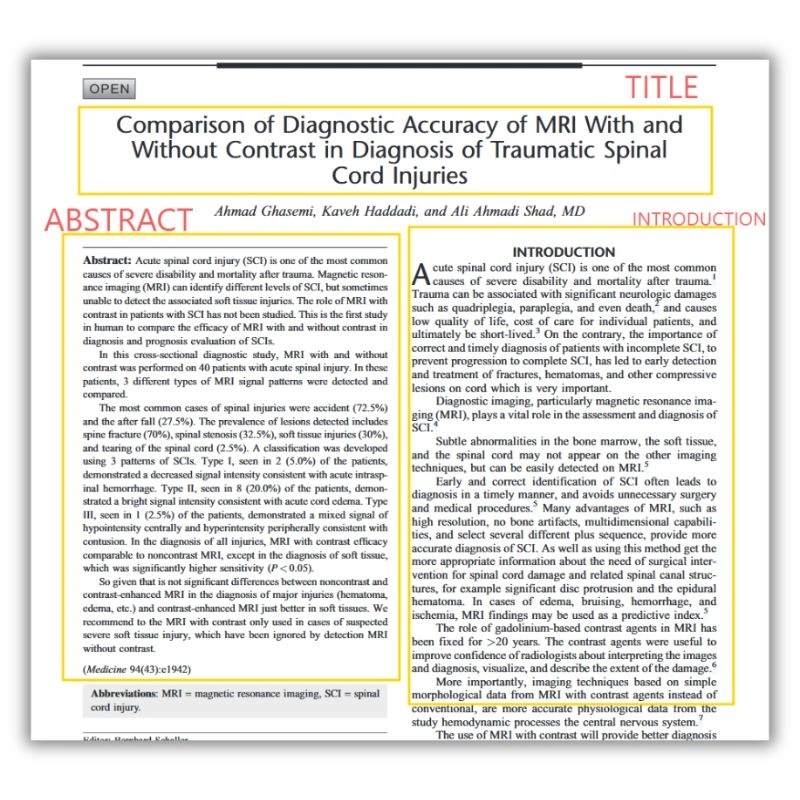
2. Introduction: Setting the Stage
The Introduction provides the background for your study. This section should clarify the research problem, review existing literature, and highlight gaps that your study will address.
What to include:
- A literature review to show your understanding of prior research.
- A clear research question or hypothesis.
- Explanation of why this research is important.
Tips to Improve:
- Be specific about your objectives, stating clearly how your research addresses existing gaps.
- Use an active voice to make your writing engaging.
- Cite important studies to show how your work connects to the field.
Common Mistake to Avoid:
- Being too general or vague about your research focus. Stay focused and precise.
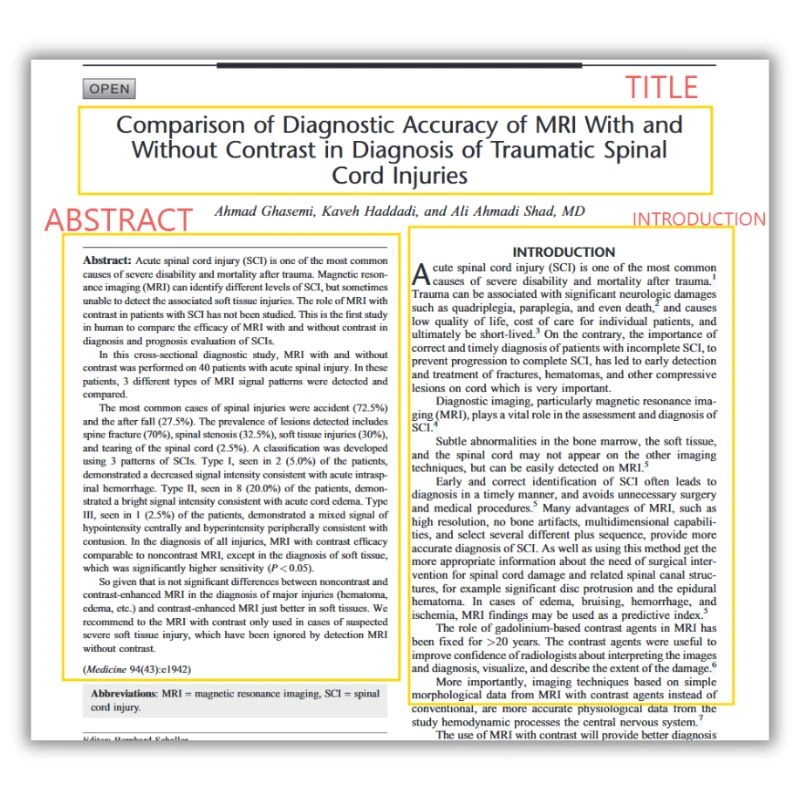
3. Methods: Reproducibility is Key
The Methods section is a detailed description of how you conducted your research. This section is critical because it allows other researchers to replicate your study.
What to include:
- A clear description of experimental procedures and research design.
- The variables measured and statistical tests used.
- Any software, tools, or mathematical equations employed.
Tips to Improve:
- Write in past tense as you’re describing what has already been done.
- Use active voice to make the methods more direct and clear.
- Avoid unnecessary detail—be clear and concise.
Common Mistake to Avoid:
- Omitting key details or making your methods too vague for replication.
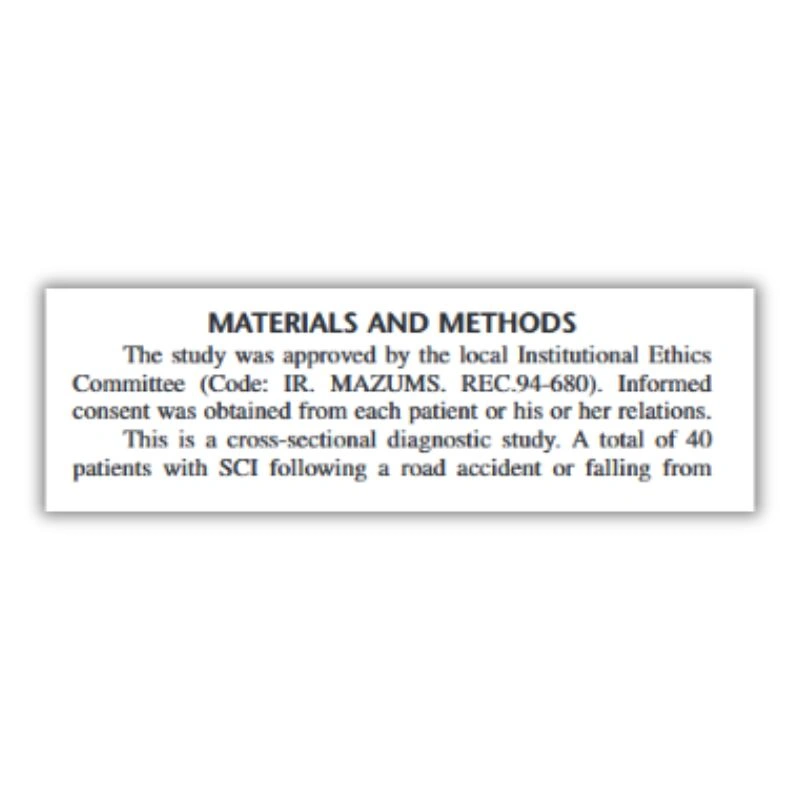
4. Results: Present Data Without Interpretation
The Results section presents the findings of your research without any interpretation. Here, you’ll report data trends and statistical significance.
What to include:
- A summary of the data obtained.
- Tables and figures to illustrate your findings.
- Statistical results, including significance levels.
Tips to Improve:
- Ensure that figures and tables are labeled clearly and referenced in the text.
- Present all findings, even those that don’t support your hypothesis.
- Make sure the narrative is clear enough to understand without referencing tables.
Common Mistake to Avoid:
- Simply pasting raw data or output from statistical software without explaining it.
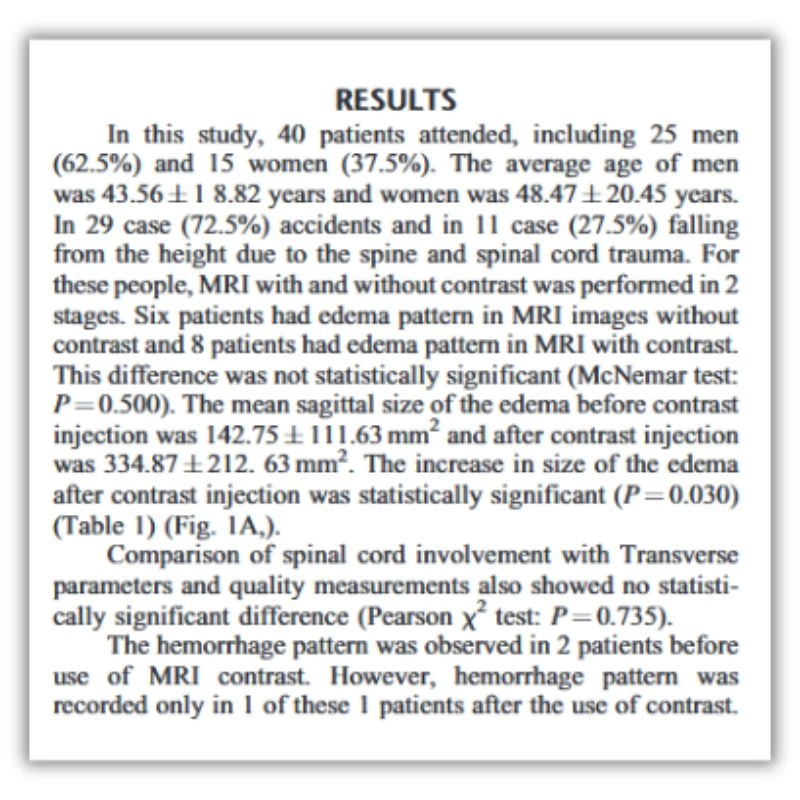
5. Discussion: Interpreting the Results
The Discussion section interprets your findings in light of your hypothesis and prior research. Here, you’ll analyze what your results mean and how they contribute to the broader field.
What to include:
- An interpretation of the data and its biological or theoretical significance.
- An exploration of any unexpected findings.
- A discussion of your results’ relevance to existing literature.
Tips to Improve:
- Link back to your hypothesis and explain whether it was supported by your findings.
- Propose future research directions based on your findings.
- End with a clear conclusion summarizing your main takeaways.
Common Mistake to Avoid:
- Repeating information from the Results section. Use the Discussion to offer insights, not a summary.
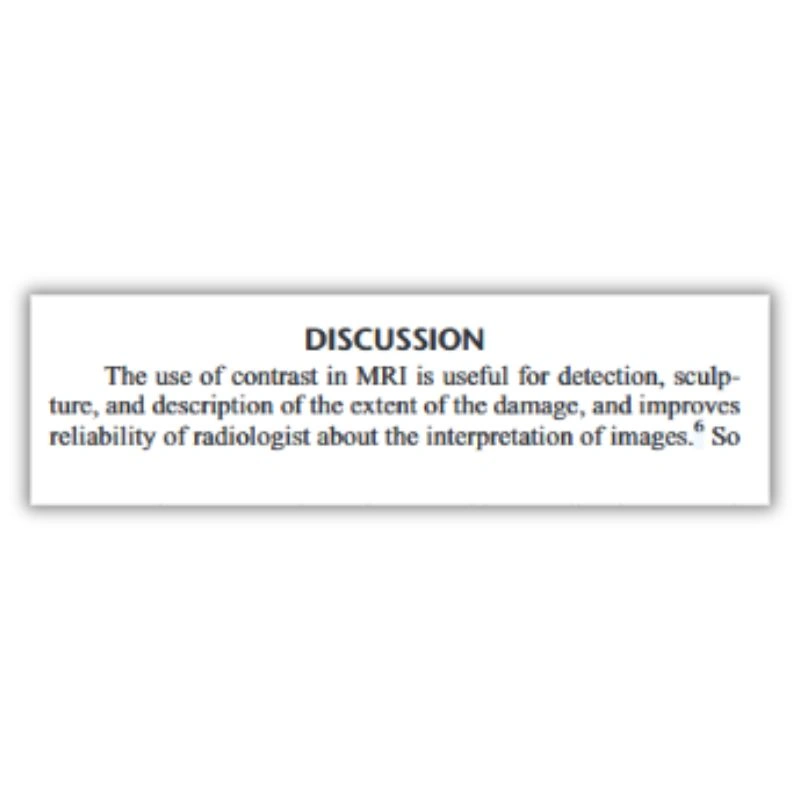
6. References: Crediting Your Sources
The References section lists all the sources you’ve cited in your paper. This is crucial for giving credit to the original authors and showing the depth of your research.
What to include:
- A complete list of all sources cited, formatted according to your chosen citation style (e.g., APA, MLA, IEEE).
Tips to Improve:
- Use a reference manager like Zotero or EndNote to organize your sources and ensure correct formatting.
- Double-check that every in-text citation is listed in your reference section.
Common Mistake to Avoid:
- Inconsistent citation styles or missing references.
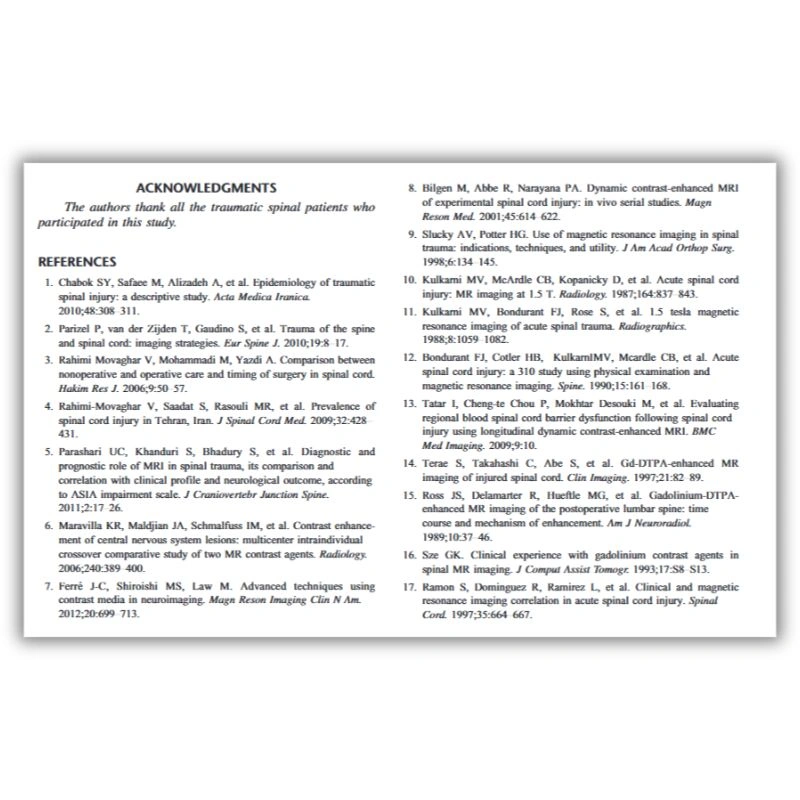
7. Conclusion: Writing with Precision and Purpose
This guide provides an overview of the essential components of an academic paper. While these sections are standard in most scientific papers, it’s important to review the specific guidelines of the journal or institution you’re submitting to, as requirements may vary.
Next Steps:
- Organize your research and start drafting your sections based on this structure.
- Avoid the most common mistakes by following the tips outlined here.
- For additional help, check out tools like Grammarly for proofreading and Mendeley for managing citations.
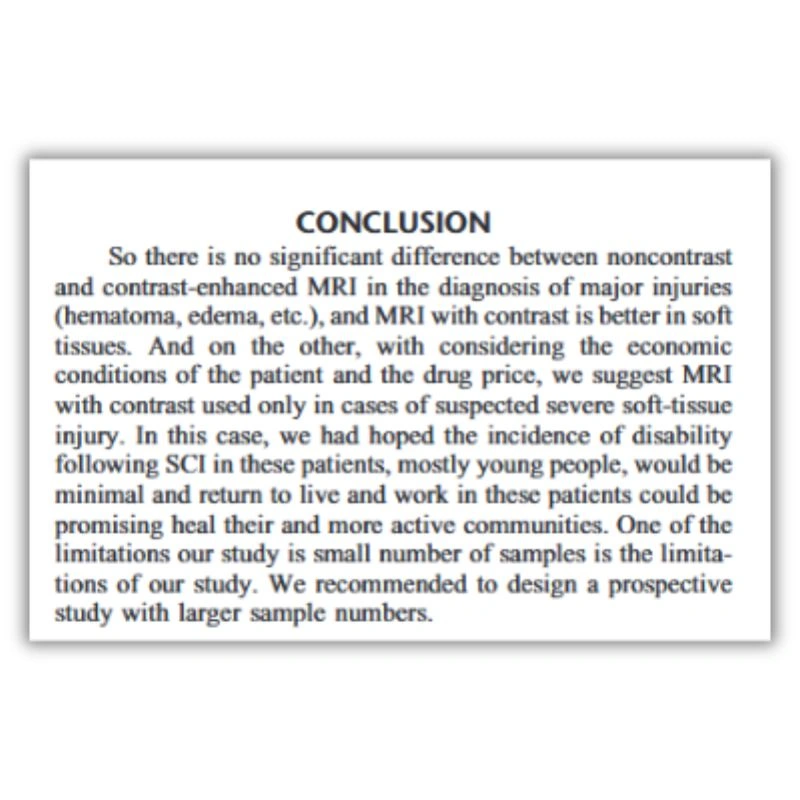
Remember, writing an academic paper is a process. Take your time to refine each section, and don’t be afraid to revise. Your final paper will reflect your hard work, thorough research, and thoughtful analysis.

